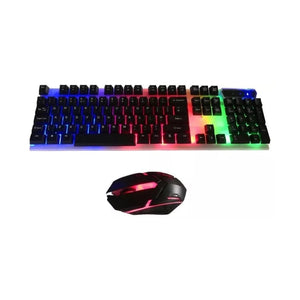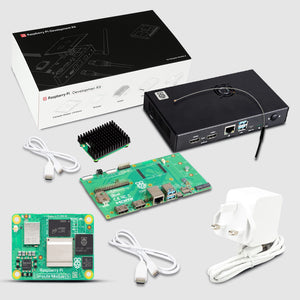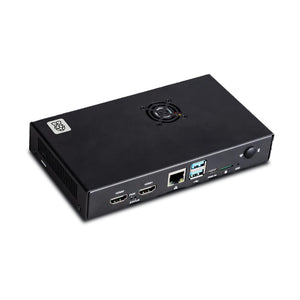Raspberry Pi Pico has become one of the most trending topics around the world amongst the tech-community. Pico was designed after a lot of research by the Raspberry Pi team that made it highly efficient. If we understand the market of Raspberry Pi Pico more then there are Millions of users who use Raspberry Pi. It would be gradually developing a world where people are learning about coding and hardware from the Raspberry Pi device. Raspberry Pi Pico is a new product in the range of advanced and futuristic creations. Raspberry Pi Pico is a robust microcontroller that comprises features like RP2040 Dual Core ARM Cortex-M0+ clocked at 133MHz, 256KB RAM, 30 GPIO pins, and a broad range of interfacing options. Raspberry Pi Breadboard KIT is designed to develop products with the integration of Raspberry Pi Pico. It would expand the horizon of the user which will make them develop more advanced products. In this blog, we will discuss the technology behind the Raspberry Pi Pico breadboard Kit, the working process, and its installation procedure.
Pico Breadboard KIT
People are developing powerful gadgets and products with the help of Raspberry Pi Pico. After a point, it becomes hard for the customers to connect more components with the Raspberry Pi Pico. A lot of people want to develop advanced products based on Raspberry Pi Pico by connecting a variety of sensors and components but it would be complicated and complex for the users. SB Components came up with the Raspberry Pi Pico Breadboard KIT to provide a way to connect the components with Raspberry Pi Pico.
Technology
SB Components concentrate their resources to develop products for the improvement of the knowledge of people. The team of SB Components understands the problems of the people in the tech world that is why they came up with the Raspberry Pi Pico Breadboard KIT. Raspberry Pi Breadboard KIT has an operating voltage of 5V DC via USB and has a GPIO communication interface with four independent controlled LEDs, 4 Push buttons, 1 Buzzer. It is developed to be compatible with Raspberry Pi PICO.
Specifications
- Operating Voltage - 5V DC Via USB
- Communication Interface - GPIO Header
- Dimensions: 85mm × 133 mm (Approx.)
Features
- Four independent controlled LEDs
- Four independent controlled Push Buttons
- Compatible with Raspberry Pi Pico
- A 400 points half-size breadboard
- Programmable Buzzer
- Dedicated 5v, 3v3, and Gnd Pins for easy interface
Applications
- Electrical experiments
- Prototypes
- Mini robots
- Games
- Interaction with Raspberry Pi
- Exploration of circuits
How to use ?
Board Details :- Push buttons : Not pressed = Logic 0 , Pressed = Logic 1 (INPUT)
- Led : LED On = 1, LED Off = 0 (OUTPUT)
- Buzzer : Buzzer On = 1, Buzzer Off = 0 (OUTPUT)
- Raspberry Pi Pico Breadboard Kit (Buy it from : https://shop.sb-components.co.uk/collections/latest-collections/products/pico-breadboard-kit )
- Raspberry Pi Pico (Buy it from : https://shop.sb-components.co.uk/collections/latest-collections/products/raspberry-pi-pico-board-with-header )
- USB Cable
- Jumper Cables
- Connect Raspberry Pi Pico on female header of Pico Breadboard Kit.
- Use jumper cables to connect Switches , Led's and Buzzer with Raspberry Pi Pico GPIO headers.
- Now use example code "Test.py" from Pico breadboard kit's GitHub repository in any micropython supported ide (preferred thonny ide).
- Copy paste code in ide and choose interpreter as MicroPython (Raspberry Pi Pico).
- Click on green play button to run example on Pico Breadboard Kit.
Note: External components can be connected with Pico Breadboard kit via 400 points breadboard.








